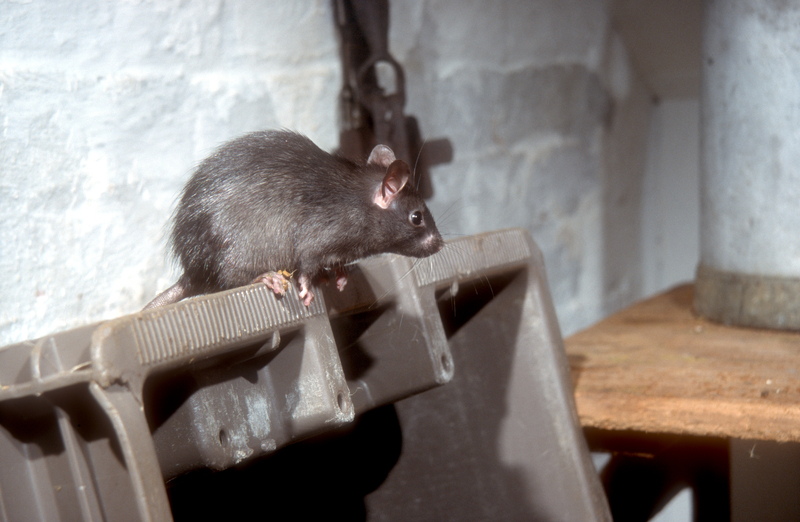
Trapping Roof Rats in the House
Roof rats are agile climbers that scale homes with ease. Unfortunately, this means that few entry points are too high for these pests to reach. An infestation may cause damage to homes, contaminate food, and spread disease. Setting roof rat traps is a popular solution to remove the pests.
Choosing a Roof Rat Trap
Homeowners can look into several trap types, each of which has its benefits and drawbacks.
- Snap Traps – This inexpensive option features a wooden board and spring-loaded bar. While snap traps can be effective, curious children, dogs, and cats may also trigger them. Many snap-style roof rat traps are powerful enough to break fingers.
- Electronic Traps – These roof rat traps use sensors to detect a rodent and deliver an electric shock. Since many models have a cover, they tend to be safer around children and pets. Still, electronic traps can be costly and require homeowners to dispose of the dead rats.
- Live Traps – Some people prefer roof rat traps that capture the pests alive. Users must empty this variety often and take on the risk of interacting with a live rodent. Releasing roof rats can also allow the pests to return or simply shift the problem to a new area.
Homeowners may consider glue boards as well when looking at control options. Most professionals advise against this method, as rats are often strong enough to free themselves. Debris can also get stuck in the adhesive, making these traps less effective in the dusty, disused environments that roof rats prefer.
Problems with Trapping Roof Rats
Because the pests like to stay above the ground, traditional traps set on the floor are rarely effective unless they sit at the exact points where the pests descend to feed. Setting roof rat traps on ledges, in attics, and around other elevated areas works better, but creates a falling hazard for the trapper.
Even more than other home-invading rodents, roof rats tend to avoid new items in their habitat. The pests may take several days to respond to baits and traps or simply change their travel routes to avoid them.
Getting Rid of Roof Rats
While roof rat traps can reduce the pests’ numbers, setting them correctly takes experience and patience. Failure to dispose of trapped roof rats promptly can also result in a foul smell and insect problems.
Roof rat traps pose risks to the user as well. When emptying these devices, the trapper must deal with living or dead rodents, which can spread disease. Turn to the wildlife experts at Critter Control for effective roof rat trapping and removal.
